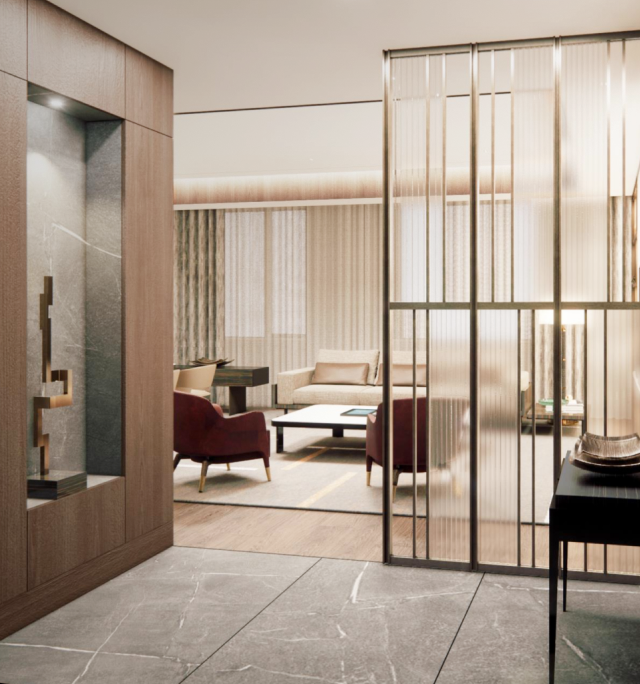The 10 Most Terrifying Things About Restoration For Conservatory
페이지 정보

본문
Restoration for Conservatory: A Comprehensive Guide
The dream of owning a conservatory-- a warm, light-filled area that merges the inside with the outdoors-- can become a difficult goal when faced with the truth of its maintenance and restoration. In time, conservatories may suffer from various issues such as wear and tear, weather damage, or simply out-of-date designs. Comprehending the restoration procedure is vital for house owners looking to rejuvenate their conservatory into a lovely and practical area. This post aims to provide an in-depth guide on the restoration procedure, from the preliminary evaluation to the last touch-ups.

Why Restoration Matters
Before diving into the specifics of restoration, it's essential to understand why this procedure is vital. Conservatories serve as important extensions of the home, providing extra living space, a connection to nature, and an intense environment for relaxation or amusing. However, neglecting their upkeep can result in a variety of issues:
Structural Integrity: Over time, poor climate condition can result in structural issues, including leaks and warping.
Aesthetic Appeal: An out-of-date conservatory can interfere with the beauty of the home and garden.
Energy Efficiency: Older conservatories may do not have proper insulation, resulting in increased heating costs in winter season and unpleasant temperatures in summertime.
Health Concerns: Mold and dampness can develop up, causing prospective health hazards.
Restoring a conservatory not only enhances its appearance but likewise improves its functionality, convenience, and energy performance.
Indications Your Conservatory Needs Restoration
Recognizing the requirement for restoration can conserve homeowners money and time in the long run. Here are some common signs that suggest it might be time for a restoration:
Physical Damage: Cracks, dents, or missing panels in the frame or roof.
Water Leaks: Any indications of water pooling or drips, specifically after rain.
Draughts: Increased drafts can show an insulation failure.
Mold and Mildew: Visible mold on surfaces can be an indication of dampness in the structure.
Defective Heating/Cooling: Ineffective environment control can point to insulation or structural issues.
Out-of-date Aesthetic: An increase of brand-new styles and materials can make an older conservatory feel out of place.
The Restoration Process: Step by Step
Restoring a conservatory usually involves a number of phases, each crucial to achieving the best results. Here's a thorough breakdown of the restoration process:
1. Preliminary Assessment
Before beginning any restoration, a comprehensive assessment of the conservatory is necessary:
Visual Inspection: Look for noticeable signs of damage, such as cracks, leaks, or significant wear.
Performance Review: Note any functional issues, perhaps in temperature guideline or drainage.
Professional Evaluation: It might be smart to talk to a professional for a more in-depth examination, especially for structural issues.
2. Planning and Design
As soon as the evaluation is finished, house owners can move onto preparing the restoration:
Design Considerations: Decide if you wish to preserve the initial visual or upgrade the style.
Material Selection: Consider high-quality, energy-efficient products for replacement or repairs.
Spending plan Setting: Establish a budget that includes all aspects of restoration, from materials to labor.
3. Repairs and Renovations
With a solid plan in hand, the next step is to start repairs and restorations:
Structural Repairs: Address any foundational issues, consisting of repairing or changing frames and roofings.
- Replacement Options: If an entire panel or section requires replacing, consider choices like uPVC, lumber, or aluminum.
Sealing and Insulation: Ensure that all joints and joints are sealed to prevent drafts, using top quality weather-stripping and caulk.
Interior Updates: Fresh paint, new floor covering, and updated furnishings can dramatically modify the visual appeal.
4. Updating Features
Restoration isn't only about fixing what's broken; it's also a chance to enhance the conservatory:
Lighting: Consider updating lighting fixtures to highlight the space.
Heating/Cooling Solutions: Install energy-efficient units to preserve comfortable temperatures year-round.
Plant Choices: Refresh the interior with brand-new plants that prosper in the conservatory's environment.
5. Last Touches
As soon as the primary Restoration For Conservatory work is total, it's time to add those final touches:
Decorative Accessories: Use drapes, cushions, and other decor to offer the space a relaxing feel.
Outdoor Access: Ensure that courses to the garden or backyard are well-kept and welcoming.
Maintenance Plan: Create a schedule for routine maintenance to prolong the conservatory's life-span.
Frequently Asked Questions about Conservatory Restoration
What is the typical cost of restoring a conservatory?
The cost of restoring a conservatory can vary considerably based on its size, condition, and the level of the repairs required. Usually, property owners can anticipate to pay in between ₤ 5,000 to ₤ 25,000. However, it's necessary to get numerous quotes from experts for a more precise estimate.
The length of time does the restoration process typically take?
The timeline for restoration will depend on the job's complexity. Small repairs may take a few days, while substantial renovations can encompass several weeks or perhaps months.
Can I restore my conservatory as a DIY job?
While some small repairs and aesthetic updates can be tackled as DIY tasks, structural issues typically need professional aid. It's suggested to seek advice from experts for any work including electrical, pipes, or considerable structural modifications.
What are the very best materials for conservatory restoration?
Common products for restoring conservatories include:
uPVC: Known for its sturdiness and energy performance.
Aluminum: Offers a smooth, contemporary look and outstanding insulation homes.
Wood: Provides a classic visual however requires more maintenance to prevent wear and tear.

How can I boost the energy performance of my restored conservatory?
To enhance energy efficiency, think about the following upgrades:
- Use double or triple-glazed glass.
- Set up insulated roof panels.
- Buy high-efficiency heating and cooling systems.
- Ensure proper sealing and insulation of frames and joints.
Restoring a conservatory can breathe brand-new life into this cherished space, turning it into a luxurious sanctuary for relaxation and pleasure. By understanding the indications of wear and tear, carrying out a thoughtful restoration procedure, and incorporating modern upgrades, homeowners can guarantee their conservatory stays an asset for many years to come. Whether dealing with minor updates or considerable remodellings, investing the time and resources into a well-planned restoration is ultimately a decision that pays off both aesthetically and functionally.
- 이전글Ufabet: Enjoy Thrilling Casino Gamings in Thailand 25.07.30
- 다음글Play Exciting Slot Gamings free of cost Online in Thailand 25.07.30
댓글목록
등록된 댓글이 없습니다.




